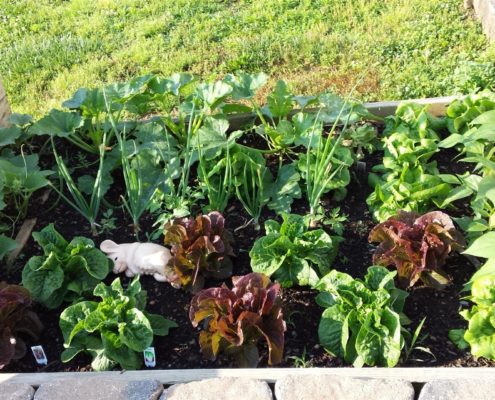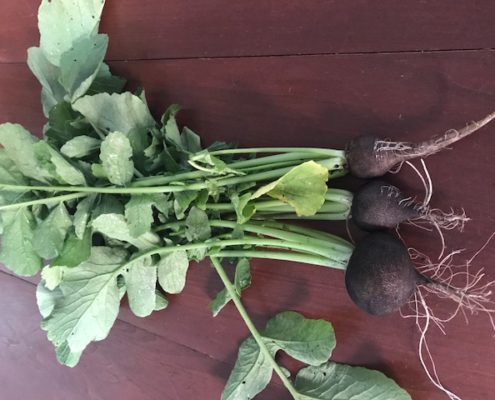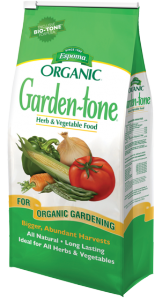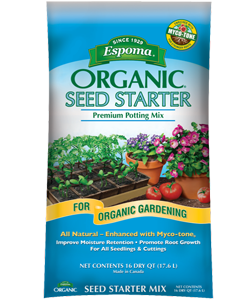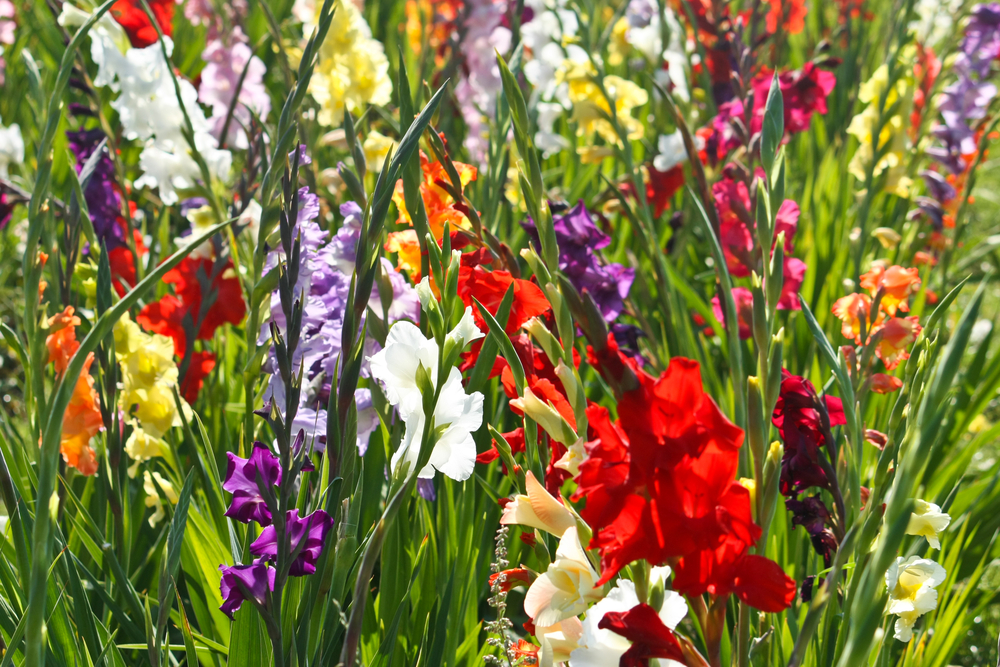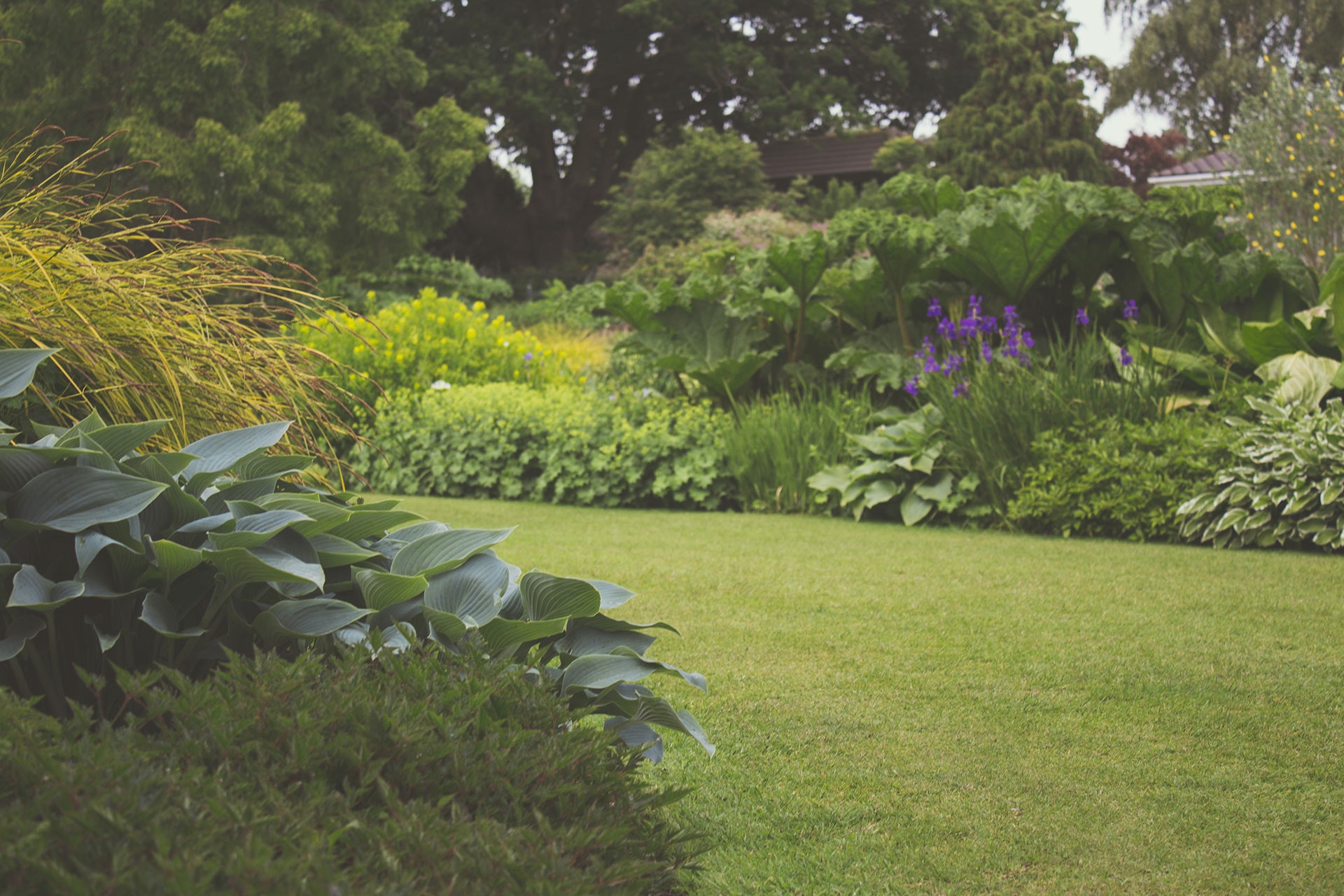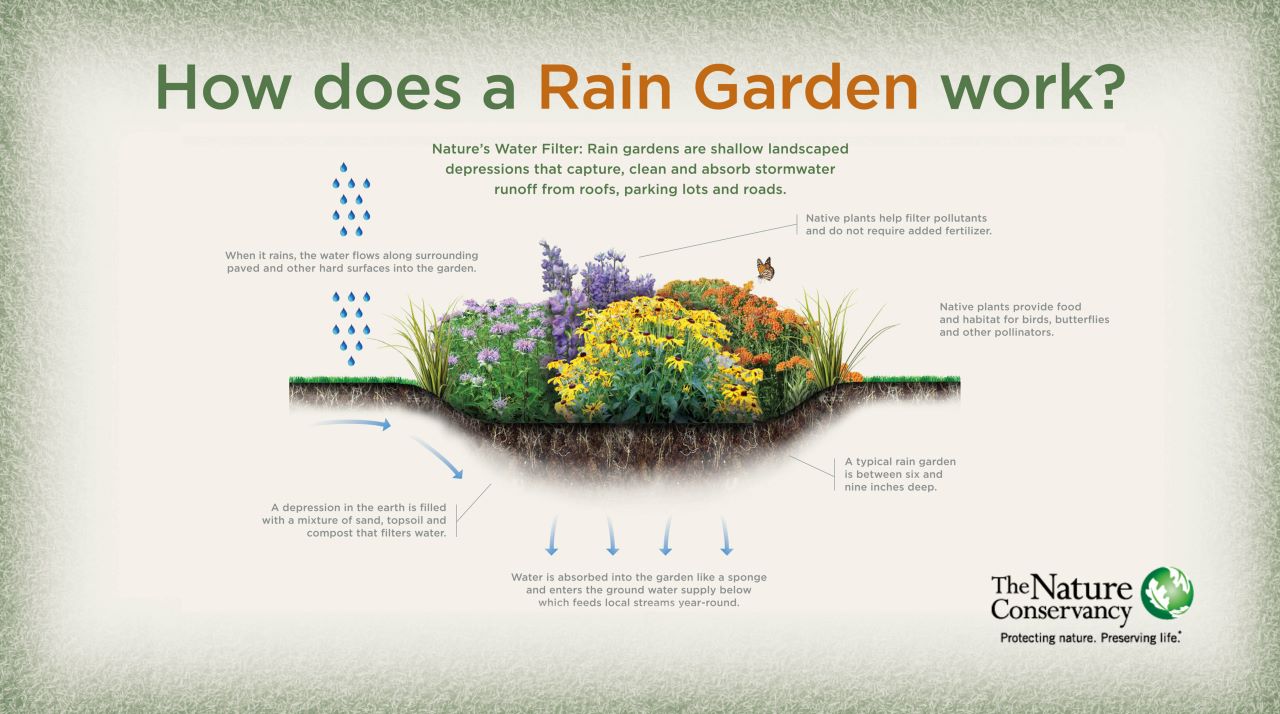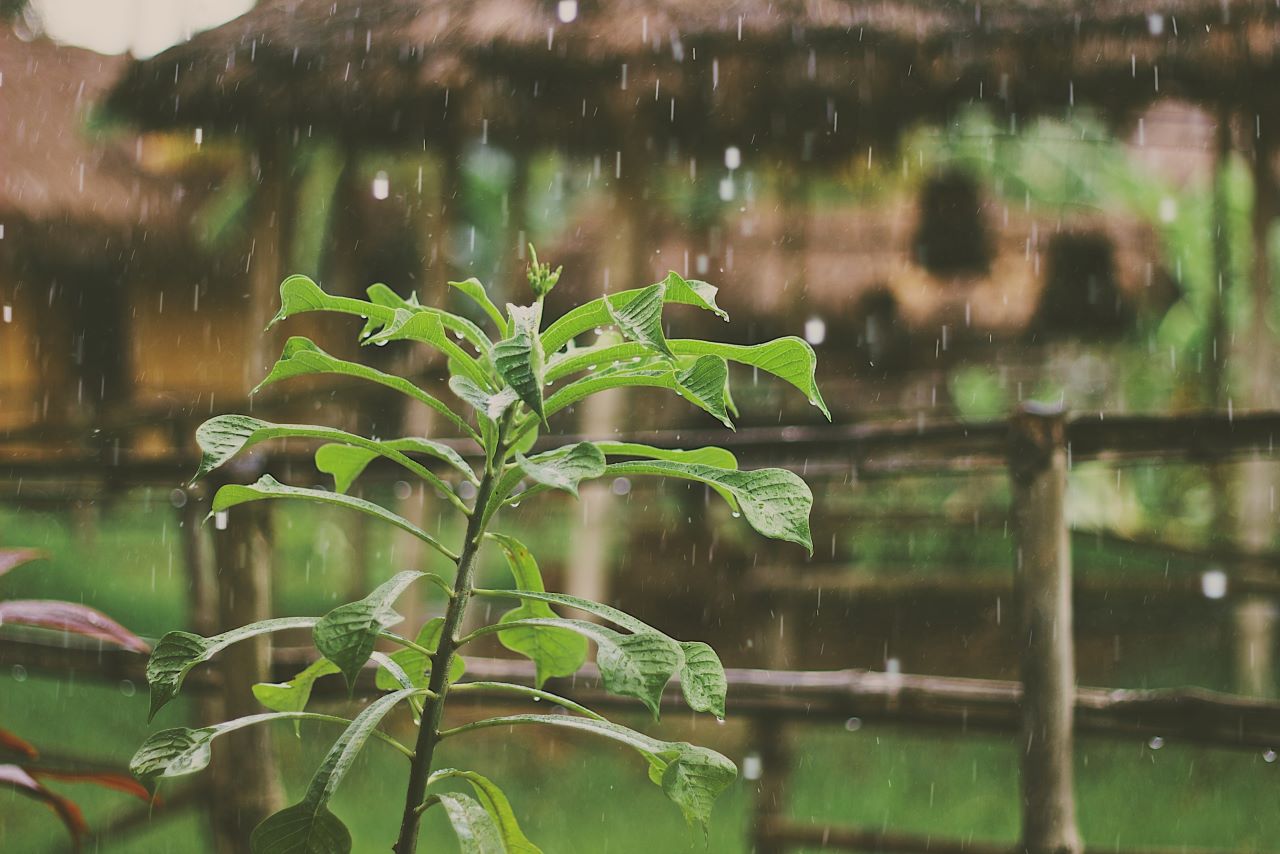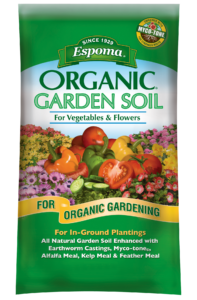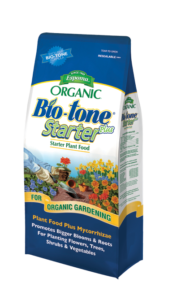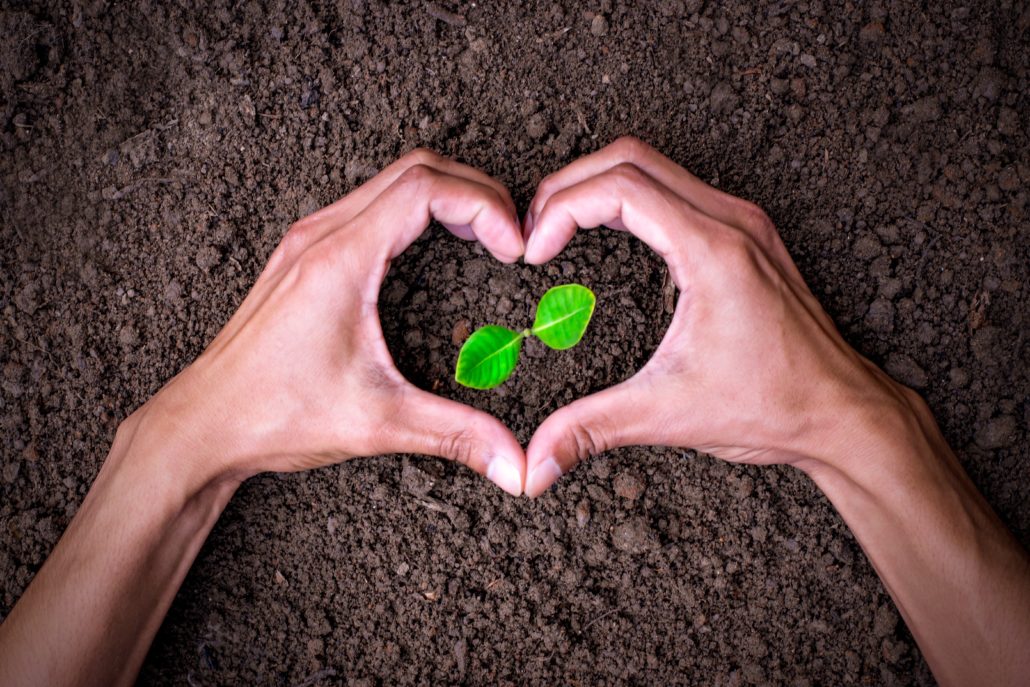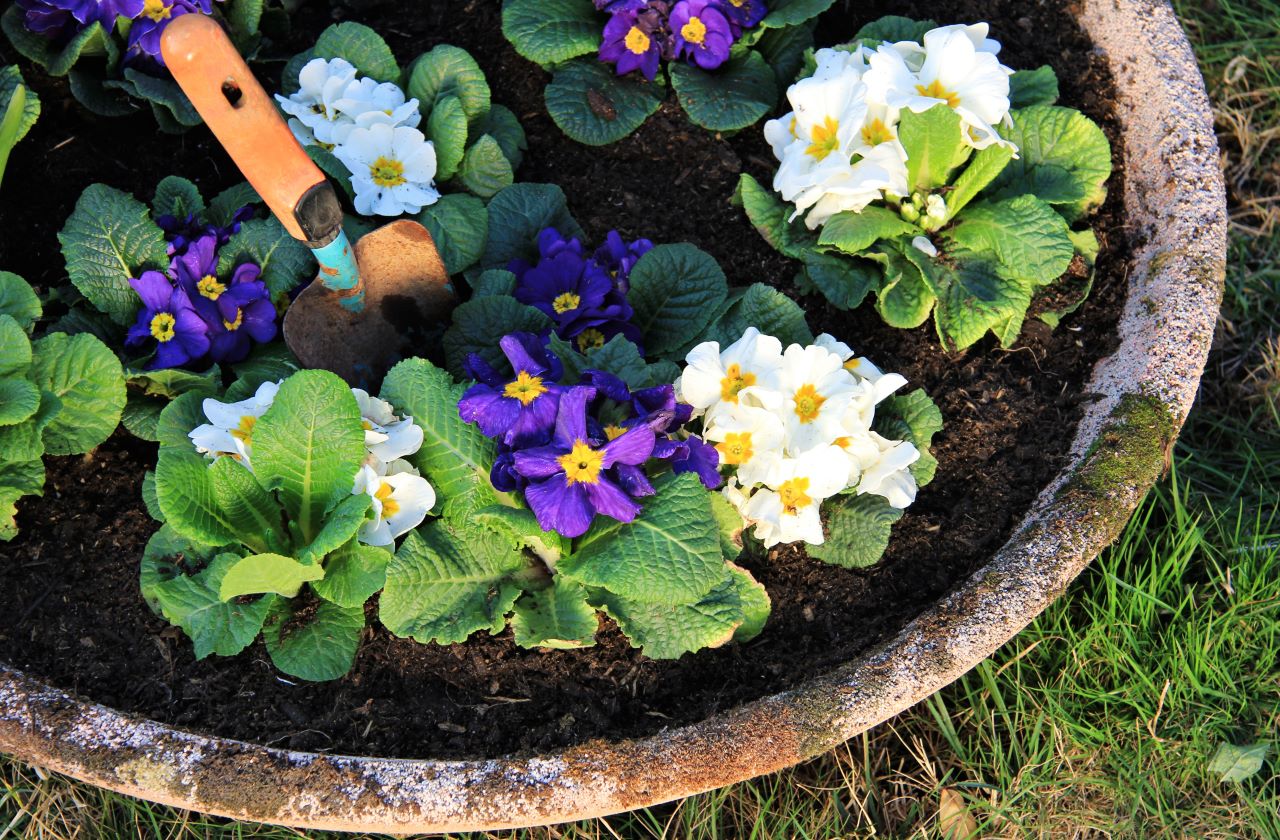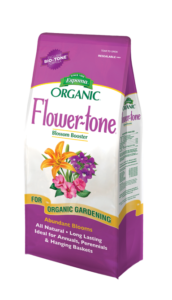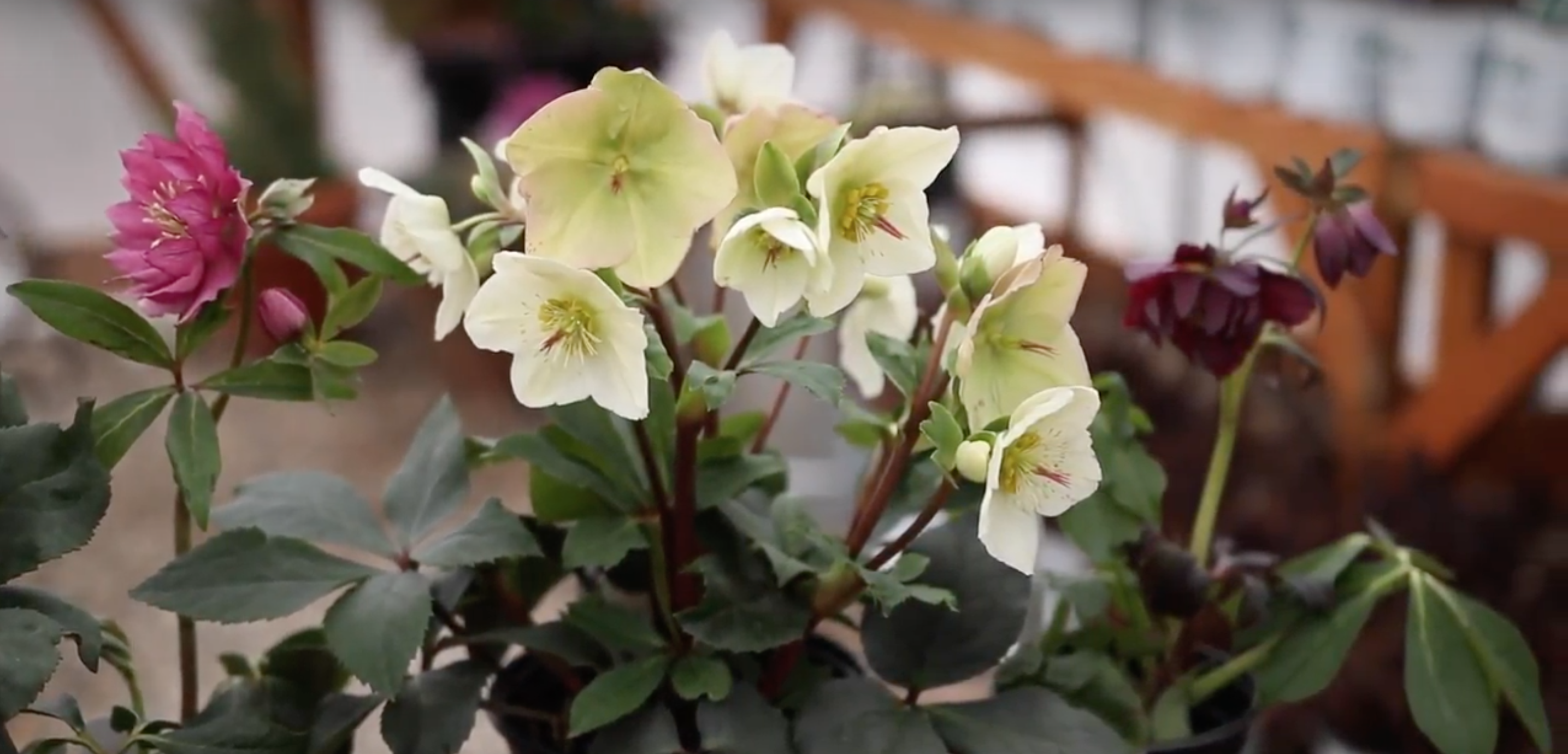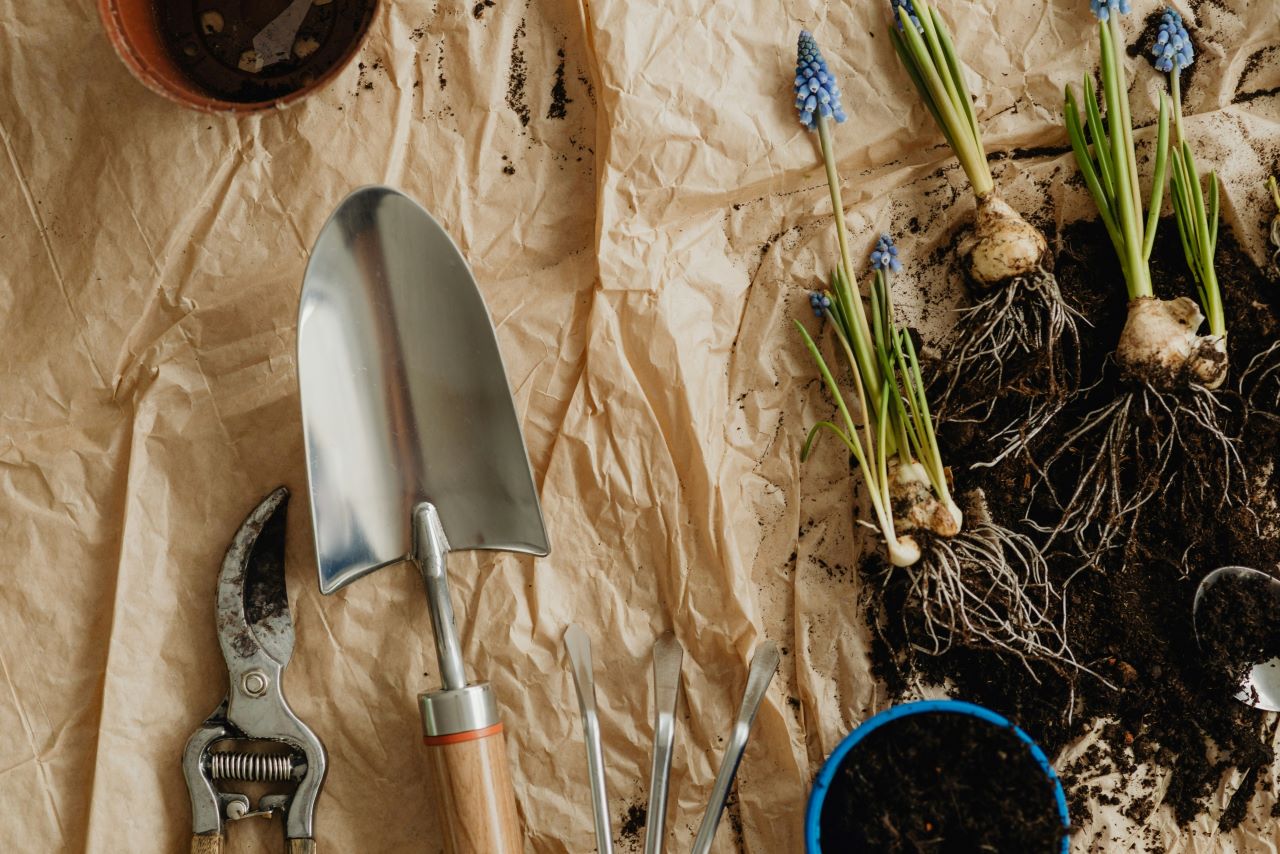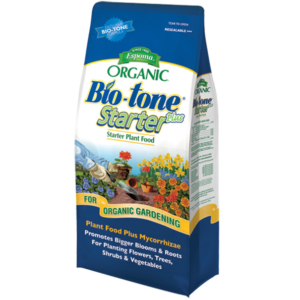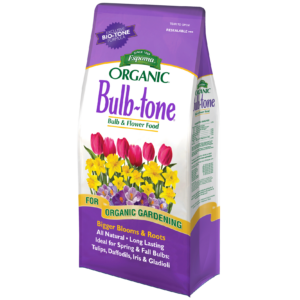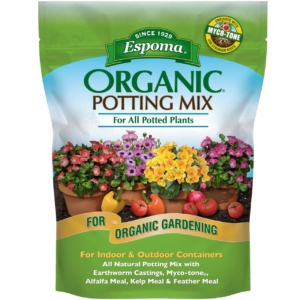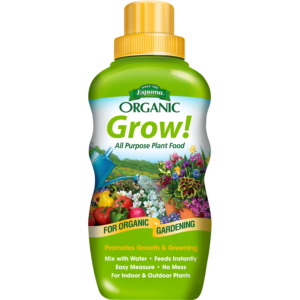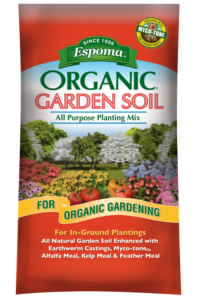Here at Espoma, we’re constantly making plans and growing. But the new year is always a good time to slow down and decide on your most important intentions for the next round of seasons. That’s why we got in touch with some of our hardworking team members and partners to find out what their 2021 gardening goals look like. Read on if you’re looking for some inspiration for your own resolutions!
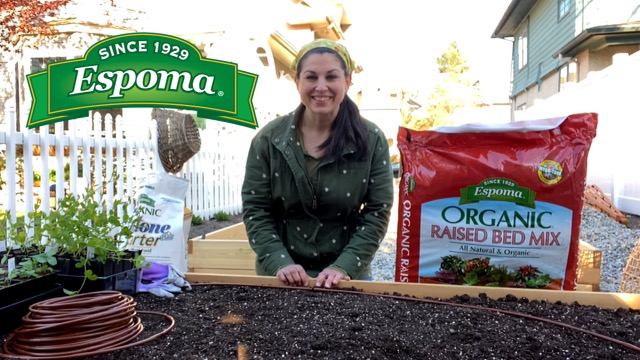
Lauren Boissonnault, How’s It Growing NJ, Brand Ambassador
2020 was a wonderful year to get a ton accomplished in the garden! I think we can all agree that our gardens were our safe space, escape, and motivation to get outside. It really helped me keep my sanity intact this year. Creating something beautiful and watching it grow and flourish was a blessing — I think that is really the best takeaway.
We spent some of the year revamping our driveway and installing raised veggie beds, which I enjoyed so much. I grew veggies I would have never had the space to try, and I have garlic tucked in right now looking wonderful. We have lots of plans for that space in 2021.
As I look out upon my garden covered with a beautiful blanket of snow, I’m now wishing I got all of those spring bulbs in the ground! I do this every year, and every time I promise myself that I will have bulbs planted before our Christmas tree goes up. But being a mom of two little ones and a web developer limits my time that I can spend playing in the dirt. This year, I promise to get them planted before I hear sleigh bells ring. It’s better late than never because that spring display is so worth it. If you can get a shovel in the ground, it is not too late to plant bulbs — trust me!
Another thing I’d like to challenge myself to do this year is to plant more from seeds. I buy lots of petunias every year, so I hope growing them from seeds will help save money. Lastly, I’d like to add a small greenhouse or revamp our existing potting shed into one. My 2021 will be filled with greenhouse goals, seed-grown gardens, and bulbs planted by November. I trust you to hold me to it!
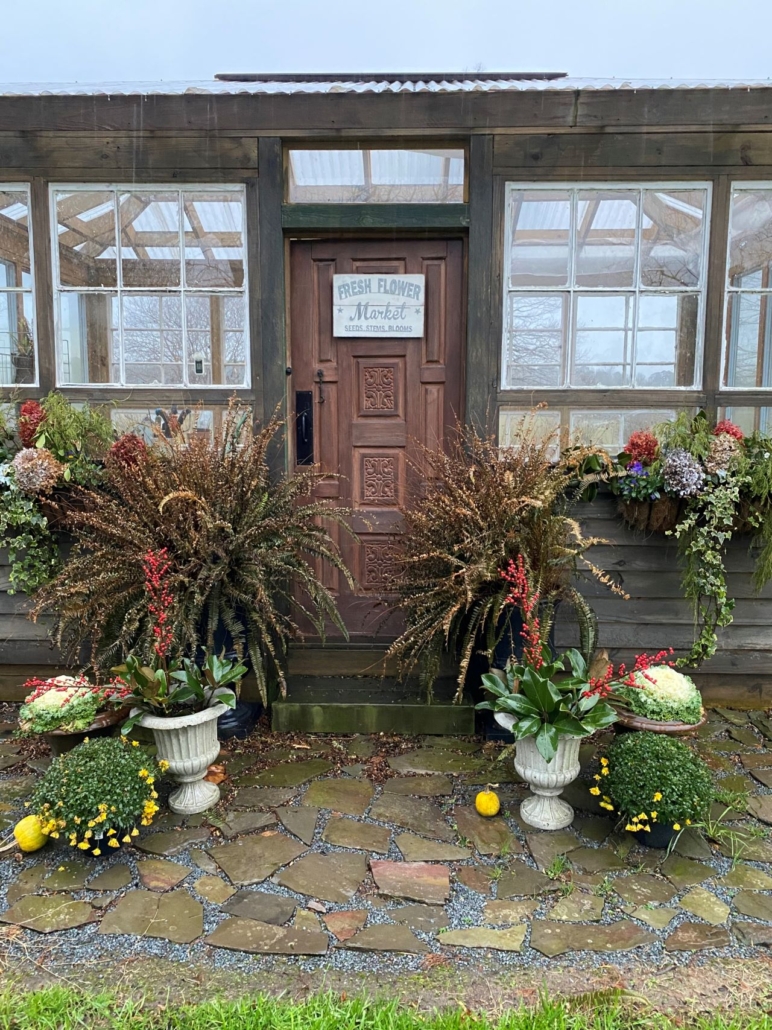 Satterthwaite, Espoma Organic, Territory Sales Manager
Satterthwaite, Espoma Organic, Territory Sales Manager
This year will be all about leaf mulching for me! It’s a technique that I’ve been looking to learn more about, and I hope to finally master it in 2021. I think once I get the hang of it, it’ll make my overall garden maintenance much easier. I’m also going to make things easier for myself by removing some of my rose bushes as they’re too labor-intensive and I’m just not loving them anymore.
Some other things that won’t make the cut this year are many of the different types of annuals I normally have. Instead, I plan to select a few stellar performers and mass them. Given all the fabulous garden centers I get to visit throughout the spring on behalf of Espoma, picking just a few may be the most difficult resolution on my list.
I think these changes will be worth it, since I genuinely find every part of gardening to be so much fun — and I’d like to keep it that way! I think it’s important not to overexert yourself in your horticulture hobby. I plan to end my long days of work with a nice glass of wine and a stroll around the garden — and maybe pluck just one or two more weeds.

Nick Cutsumpas, Farmer Nick NYC, Influencer
This year I am focusing on drought-tolerant plants that can also handle intense summer temperatures. I just moved to LA, which means I’m still adapting to a warm and dry climate. It’s much different than the wet and cool climate in NYC, and learning this new plant palette will be an exciting challenge.
I also want to grow more flowers in 2021. I grow a ton of sunflower varieties, but I want to expand the diversity a bit and introduce new colors that will attract more pollinators to the garden. My garden has traditionally been green, yellow, and orange, but it’s time to throw in reds, blues and pinks into the mix.
Something else I’d like to incorporate this year is bottom watering. It’s a great technique to keep the top of your soil dry and allow the plant the drink at its own pace. Plus you will avoid annoying pests like fungus gnats which love the moist soil!
My biggest project I’ll be focusing on is building an edible rooftop for my new home. LA is water-deprived, so instituting a sustainable ecosystem for pollinators, drought-tolerant species, and native plants will be vital!
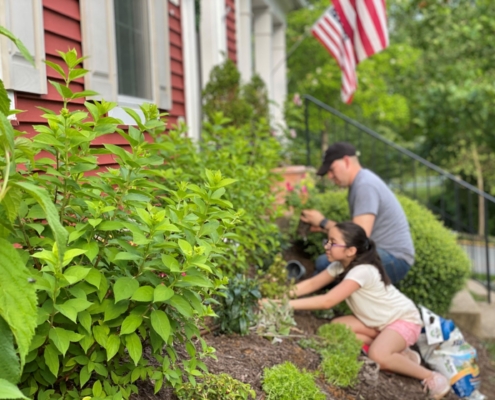
Ambrose & Angie Salazar, Garden Obsessions, Brand Ambassador
This year, we plan to have fun in the garden by continuing to include the whole family. Considering how 2020 has been — including our kids having to do school at home — we feel it can be just as much of a stress reliever for children as it is for adults.
Gardening with the family is not only a way to relax, but it’s also a big educational opportunity that gives a sense of ownership and responsibility. Learning to work in a small space garden helps our family grow as gardeners, keep an open mind to new gardening methods, and learn how to face these challenges in the future. In 2020, we took on landscaping a slope and felt a big sense of accomplishment with the end results.
Something we have in mind for 2021 is to include some of our neighbors with our gardening. We plan to put together some basic containers for them to enjoy at their home. With more people getting interested in plants and gardening in 2020, we feel that this would be a perfect opportunity to put a smile on other faces!
Our biggest focus this year is welcoming nature into the garden and educating others on how important it is to have plants that attract pollinators.
We’re feeling pretty inspired by these 2021 resolutions! Here’s to a year of growing and blooming alongside our plants. Have you decided on your gardening goals for this year? We’d love to hear them!
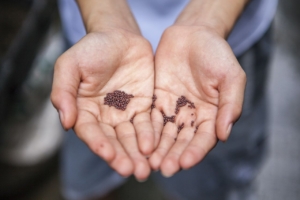

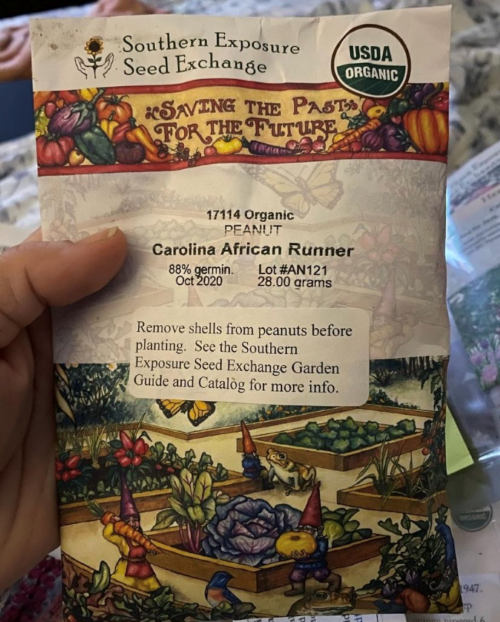
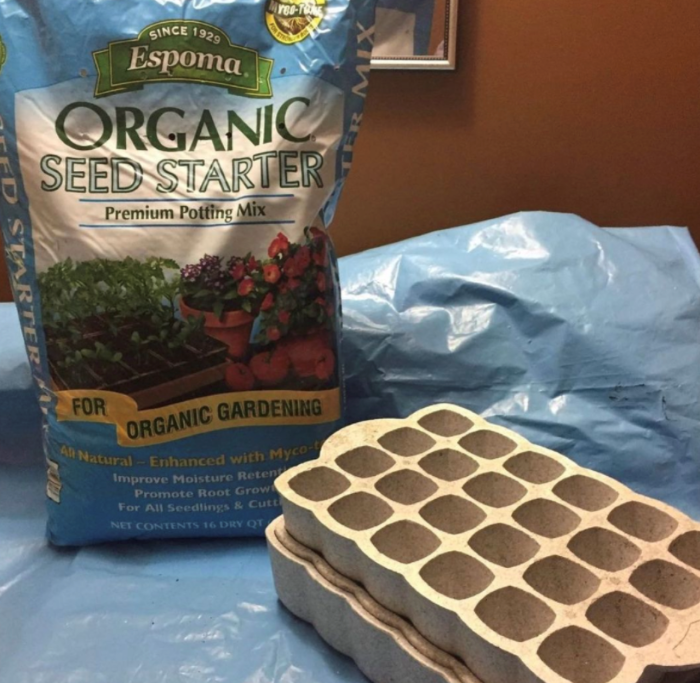
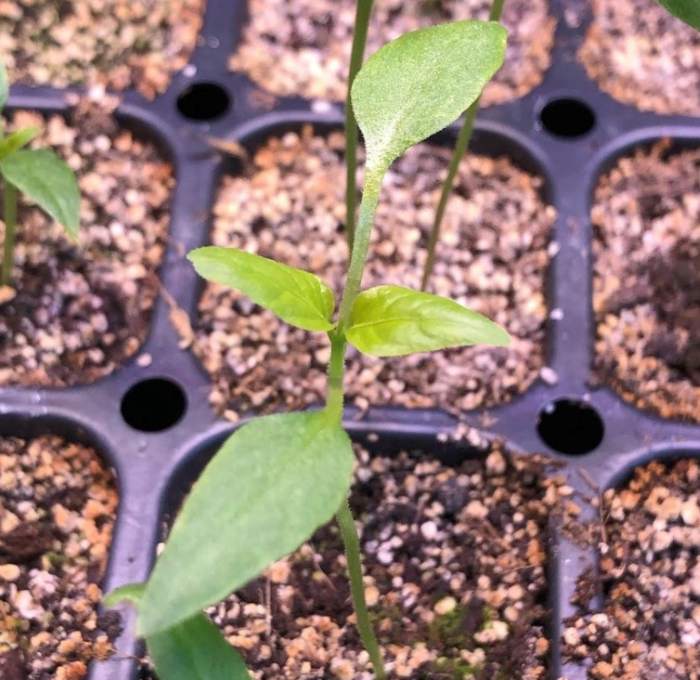
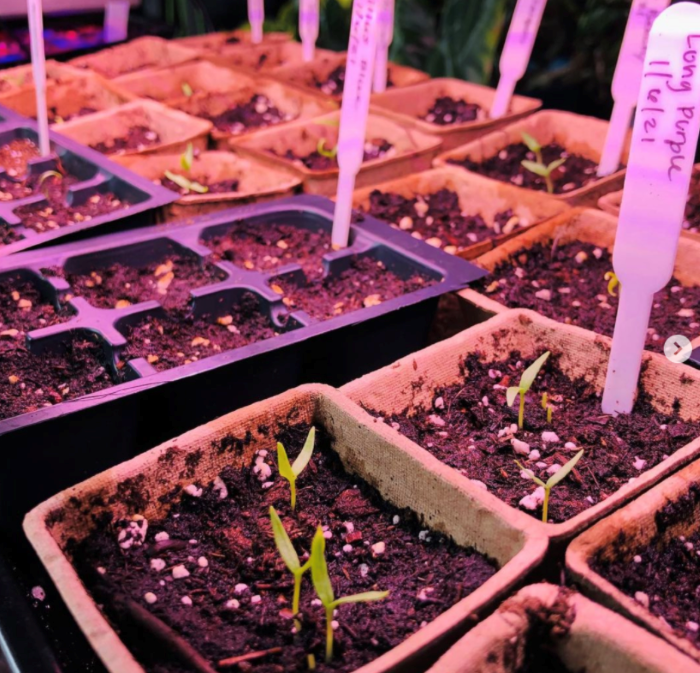
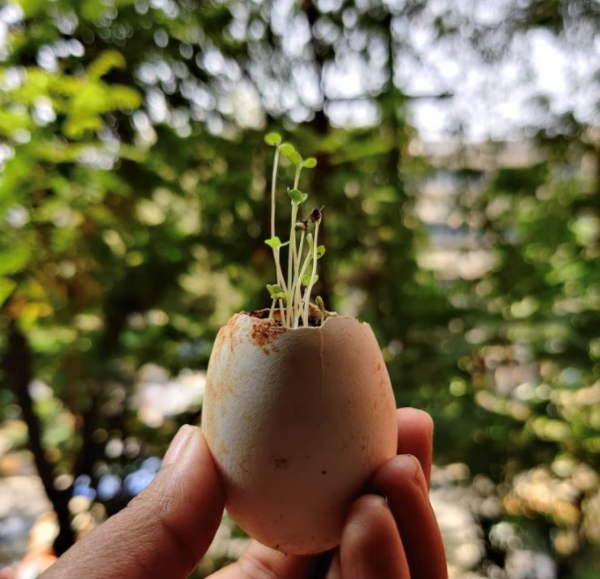
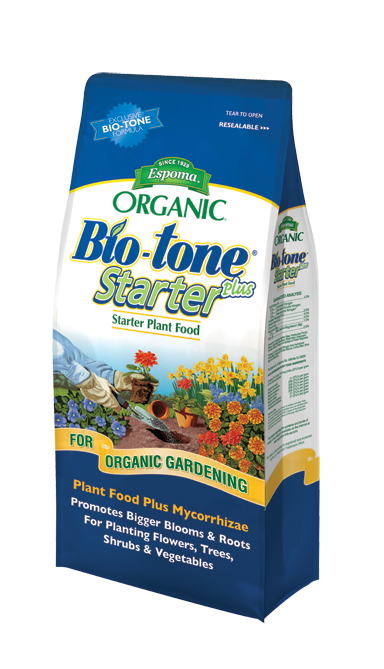
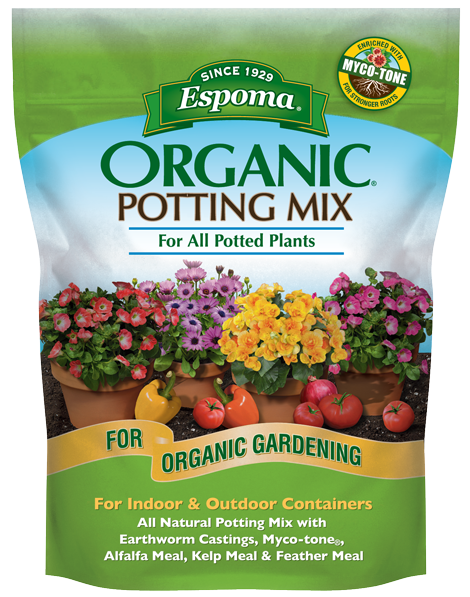
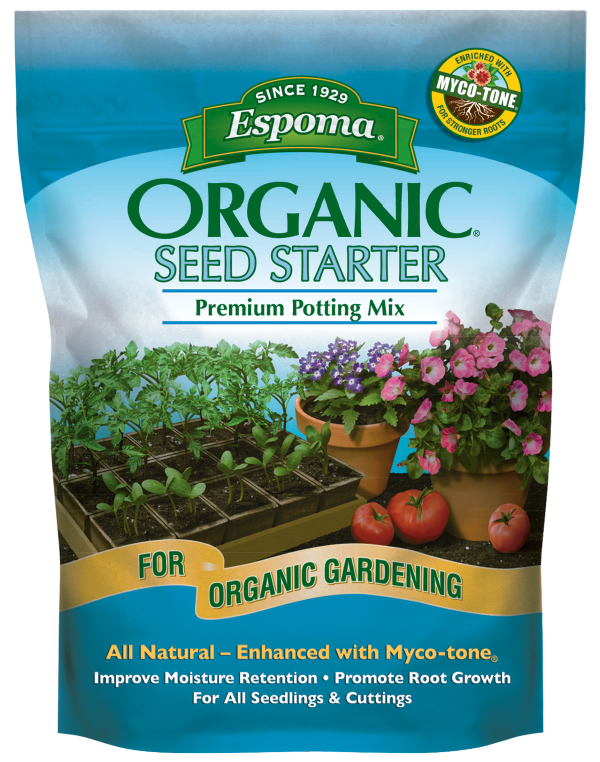

 Satterthwaite,
Satterthwaite, 


